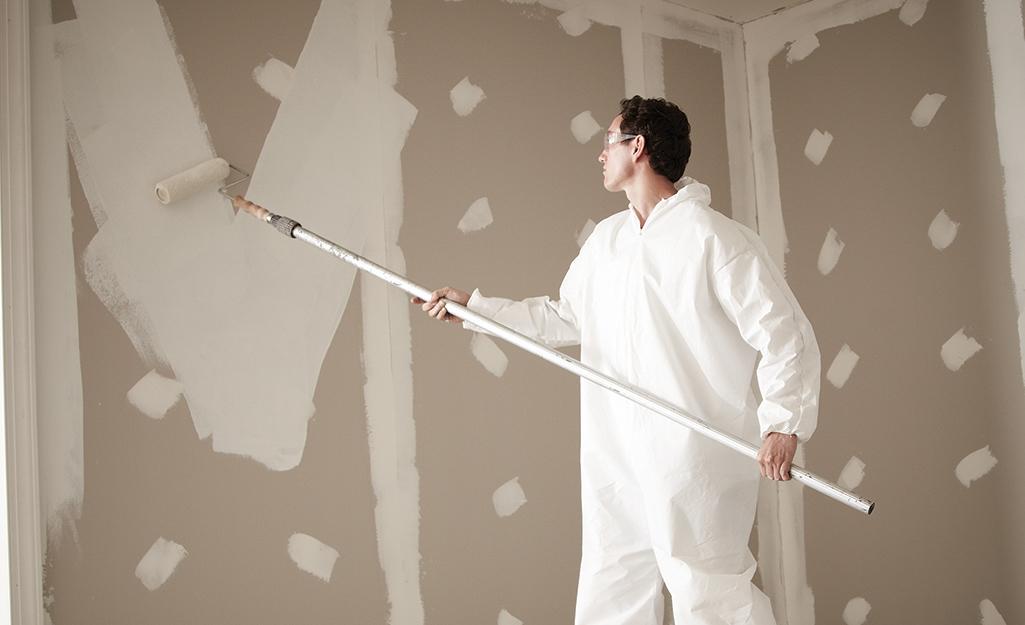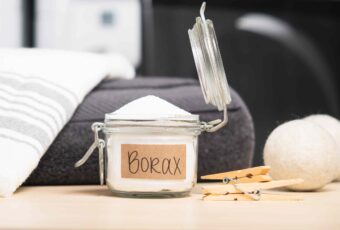
You Can Paint The Walls Yourself
Preparation
Before painting, it’s essential to prepare the surface. Start by cleaning the wall with soap and water to remove any dirt, dust, or grease. Then, patch any holes or cracks with spackling paste and sand them smooth. Protect the floor and any furniture with drop cloths or plastic sheets. Finally, place some painter’s tape all along the wall’s edge so you can get a straight, smooth finish.

Preparation
Priming
Priming the wall is an essential step that will help the paint adhere better and give it a more even finish. Apply a coat of primer using a brush or roller and let it dry completely before proceeding.

Priming
Cutting In
Cutting in is the process of painting the edges of the wall where it meets the ceiling, floor, and corners, using a brush. This technique will create clean lines and prevent the need for masking tape. If you still want to use masking tape, don’t skip the cutting in process, as it will still get the edges looking clean and crisp. Take your time and work slowly, using long strokes to create a smooth edge.

Cutting In
Rolling
Once the edges are painted, use a roller to apply the paint to the rest of the wall. Start at the top and work your way down, using a “W” pattern to distribute the paint evenly. Avoid overloading the roller with paint, as this can cause drips and uneven coverage.

Rolling
Finishing Touches
Once the paint has dried completely, remove any masking tape and touch up any areas that need it. Then, clean your tools thoroughly and store them properly for future use.

Finishing Touches








